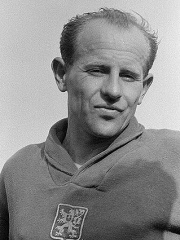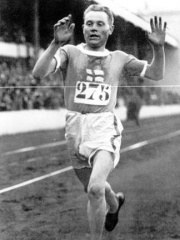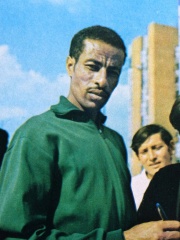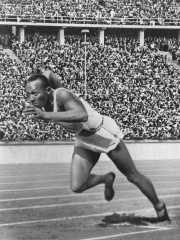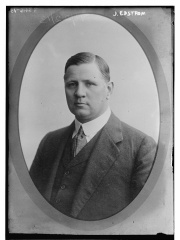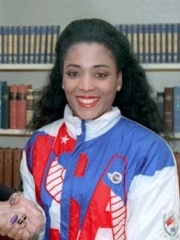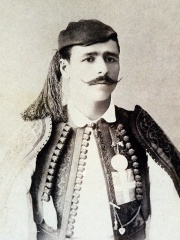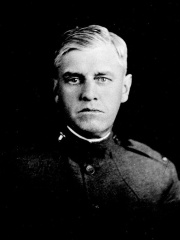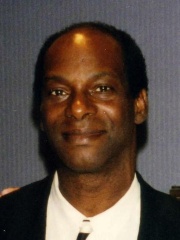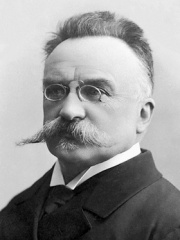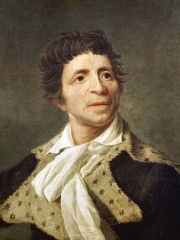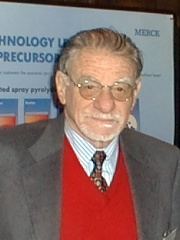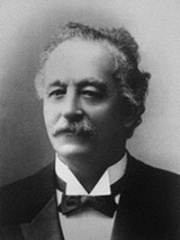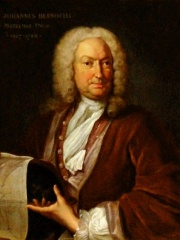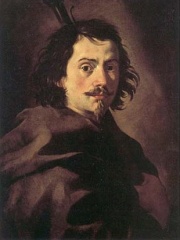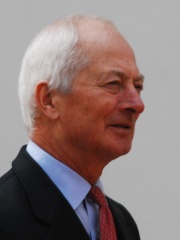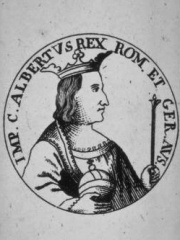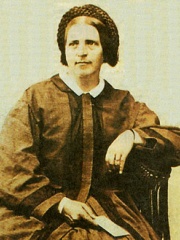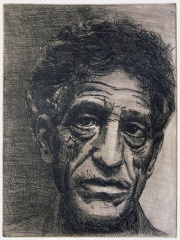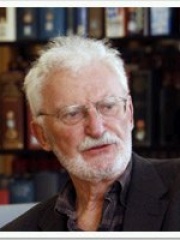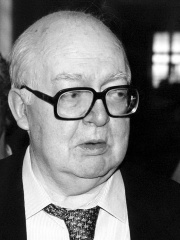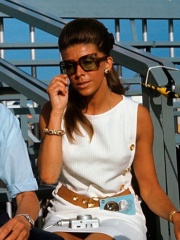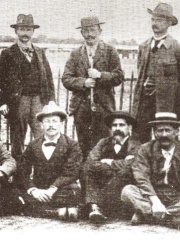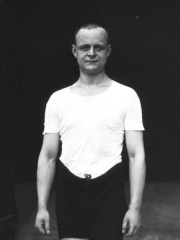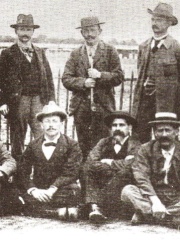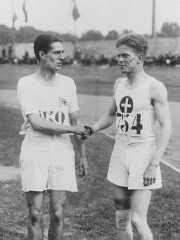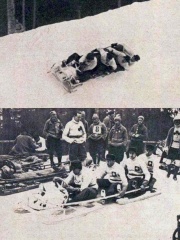ATHLETE
Diego Garcia

 Diego Garcia
Diego Garcia
Diego Garcia is the largest island of the Chagos Archipelago. It has been used as a joint UK–U.S. military base since the 1970s, following the expulsion of the Chagossians by the UK government. The Chagos Islands is a British overseas territory, though a treaty to transfer sovereignty from the UK to Mauritius was signed on 22 May 2025, with a provision that the military base at the island would remain under British control for at least 99 years. The agreement may be renewed for an additional 40 years after the initial 99-year period, and for an additional period thereafter. Read more on Wikipedia
Their biography is available in different languages on Wikipedia. Diego Garcia is the 2nd most popular athlete (up from 6th in 2019), the 21st most popular biography from Switzerland (up from 50th in 2019) and the most popular Swiss Athlete.
Memorability Metrics
Page views of Diego Garcia by language
Among ATHLETES
Among athletes, Diego Garcia ranks 2 out of 6,025. Before them are Karma. After them are Emil Zátopek, Paavo Nurmi, Abebe Bikila, Jesse Owens, Sigfrid Edström, Florence Griffith Joyner, Spyridon Louis, Thomas Burke, Bob Beamon, and Mara.
Most Popular Athletes in Wikipedia
Go to all RankingsKarma
HPI: 85.78
Rank: 1
Diego Garcia
HPI: 76.82
Rank: 2
Emil Zátopek
1922 - 2000
HPI: 75.90
Rank: 3
Paavo Nurmi
1897 - 1973
HPI: 75.77
Rank: 4
Abebe Bikila
1932 - 1973
HPI: 75.20
Rank: 5
Jesse Owens
1913 - 1980
HPI: 75.19
Rank: 6
Sigfrid Edström
1870 - 1964
HPI: 71.78
Rank: 7
Florence Griffith Joyner
1959 - 1998
HPI: 71.53
Rank: 8
Spyridon Louis
1873 - 1940
HPI: 71.13
Rank: 9
Thomas Burke
1875 - 1929
HPI: 71.09
Rank: 10
Bob Beamon
1946 - Present
HPI: 69.98
Rank: 11
Mara
HPI: 69.52
Rank: 12
In Switzerland
Among people born in Switzerland, Diego Garcia ranks 21 out of 1,015. Before them are Charles Albert Gobat (1843), Jean-Paul Marat (1743), K. Alex Müller (1927), Élie Ducommun (1833), Johann Bernoulli (1667), and Francesco Borromini (1599). After them are Hans-Adam II, Prince of Liechtenstein (1945), Albert I of Germany (1255), Johanna Spyri (1827), Alberto Giacometti (1901), Heinrich Rohrer (1933), and Friedrich Dürrenmatt (1921).
Others born in Switzerland
Go to all RankingsCharles Albert Gobat
LAWYER
1843 - 1914
HPI: 79.28
Rank: 15
Jean-Paul Marat
SOCIAL ACTIVIST
1743 - 1793
HPI: 79.05
Rank: 16
K. Alex Müller
PHYSICIST
1927 - 2023
HPI: 78.96
Rank: 17
Élie Ducommun
SOCIAL ACTIVIST
1833 - 1906
HPI: 77.52
Rank: 18
Johann Bernoulli
MATHEMATICIAN
1667 - 1748
HPI: 77.25
Rank: 19
Francesco Borromini
ARCHITECT
1599 - 1667
HPI: 77.11
Rank: 20
Diego Garcia
ATHLETE
HPI: 76.82
Rank: 21
Hans-Adam II, Prince of Liechtenstein
POLITICIAN
1945 - Present
HPI: 76.82
Rank: 22
Albert I of Germany
NOBLEMAN
1255 - 1308
HPI: 76.79
Rank: 23
Johanna Spyri
WRITER
1827 - 1901
HPI: 76.73
Rank: 24
Alberto Giacometti
SCULPTOR
1901 - 1966
HPI: 75.32
Rank: 25
Heinrich Rohrer
PHYSICIST
1933 - 2013
HPI: 75.31
Rank: 26
Friedrich Dürrenmatt
WRITER
1921 - 1990
HPI: 75.09
Rank: 27
Among ATHLETES In Switzerland
Among athletes born in Switzerland, Diego Garcia ranks 1. After them are Marina Doria (1935), Karl Röderer (1868), Gabriela Andersen-Schiess (1945), Hermann Barrelet (1879), Joseph Benz (1944), Konrad Stäheli (1931), Robert Alt (1927), Paul Martin (1901), Gottfried Diener (1926), Alfred Neveu (1890), and Walter Graf (1937).
Diego Garcia
HPI: 76.82
Rank: 1
Marina Doria
1935 - Present
HPI: 64.21
Rank: 2
Karl Röderer
1868 - 1928
HPI: 61.40
Rank: 3
Gabriela Andersen-Schiess
1945 - Present
HPI: 60.84
Rank: 4
Hermann Barrelet
1879 - 1964
HPI: 59.94
Rank: 5
Joseph Benz
1944 - 2021
HPI: 59.01
Rank: 6
Konrad Stäheli
1931 - 1931
HPI: 57.13
Rank: 7
Robert Alt
1927 - 2017
HPI: 56.19
Rank: 8
Paul Martin
1901 - 1987
HPI: 56.15
Rank: 9
Gottfried Diener
1926 - 2015
HPI: 54.81
Rank: 10
Alfred Neveu
1890 - 1975
HPI: 54.66
Rank: 11
Walter Graf
1937 - 2021
HPI: 54.64
Rank: 12

